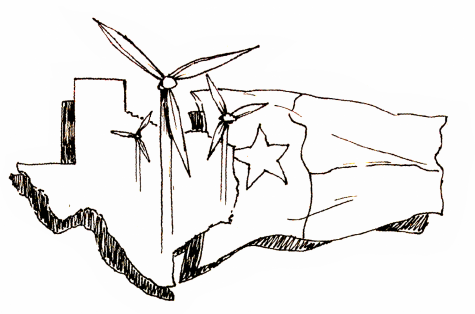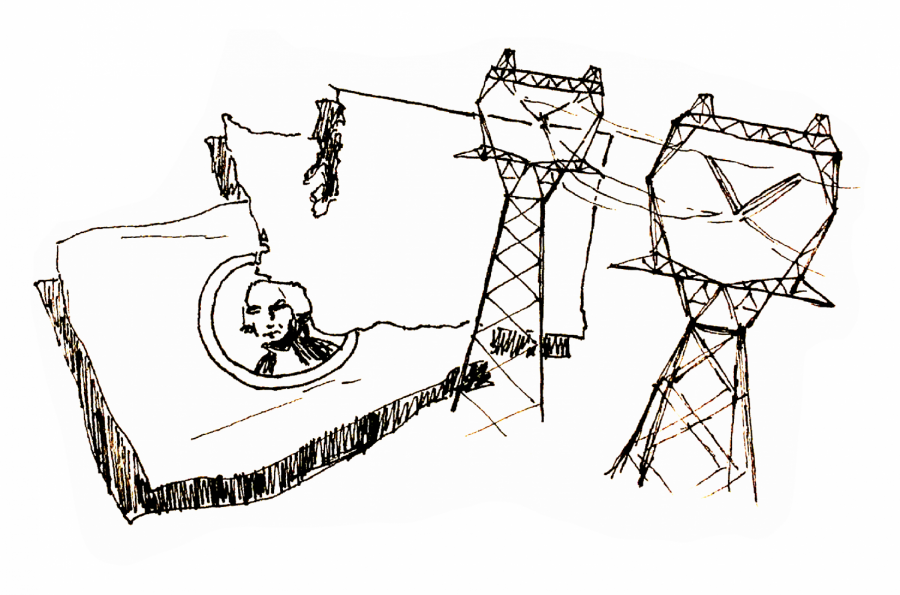Energy Grids: Texas vs. Washington
Why the Texas winter storm crisis could happen in Washington.
In February, a major winter storm landed over Texas and caused mayhem due to the state’s lack of experience with winter weather. Some parts of Texas dropped to below -15 degrees wind chill, and Houston recorded temperatures at 13 degrees, the same as some parts of Alaska.
Over 3.3 million people in Texas went without power. Water pipes burst and gasoline shortages forced people to seek other methods of heating their houses and cars. Some of these methods led to fatal carbon monoxide poisoning cases in homes, cars, and businesses.
Due to the extreme weather and all Texas residents trying their best to stay warm, the state’s electrical grid couldn’t handle this heavy influx in usage and failed. Peak usage is usually during the summer because of cooling systems and extremely high air conditioner use, but the state simply wasn’t prepared for that kind of demand during the winter.
“It’s largely that they didn’t winterize,” said Dr. Rachel Petrik-Finely, and environmental science teacher at Garfield. “It’s a fairly temperate state, they’re not prepared for prolonged cold snaps like they had.”
Natural gas and nuclear power are Texas’s main sources of energy, generating 79 percent of the state’s power. Wind and solar power are used as backups.

“The water intake pipes for cooling the nuclear reaction froze, so they couldn’t rely on nuclear power, which shouldn’t even be affected by the weather,” Finley said. “It was like the perfect storm that struck all of these different energy sectors at once, and it’s preventable, but it takes planning.”
The freeze reduced all sources of energy to the grid and caused widespread outages.
Unlike Washington and the rest of the United States, Texas is in charge of its own power grid. The state gets to follow its own guidelines and regulations, making it more susceptible to unpreparedness during extreme conditions like these.
Washington is much different from Texas in its energy generation. Our main source of energy is hydropower– roughly two-thirds of this energy comes from rivers and lakes in Washington. The Grand Coulee Dam on the Columbia River is the largest power plant generator in the whole United States. It provides 4.2 million Pacific Northwest households with power every year.
However, Washington’s clean energy and federal power grid regulations can’t save it from weather triggered energy disasters.
But could outages like those seen in Texas happen in Washington?
“I think so, there’s so much more variability. It’s about weather patterns shifting and these once in a lifetime events happening on a much more frequent scale,” Finley said.
Finley ends with her take on how we can ensure these outages won’t take place in Washington: “I think we need to look at how our energy systems are being created and maintained and build insurance policies and regulations that make sure that we are planning for just a more chaotic future that we are headed towards.”




